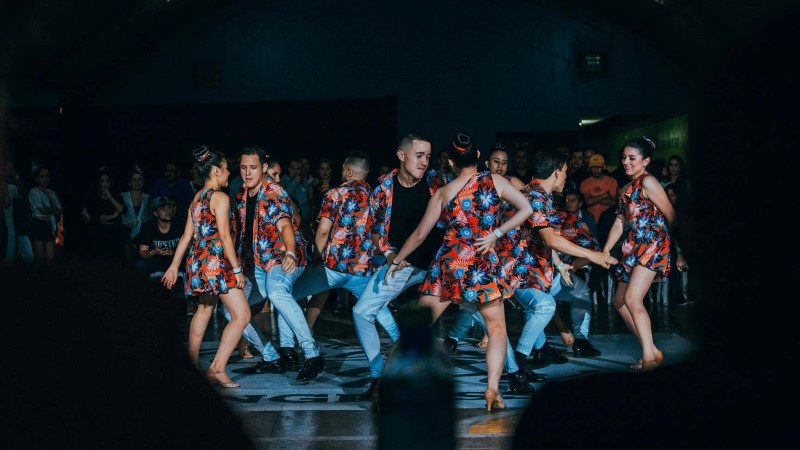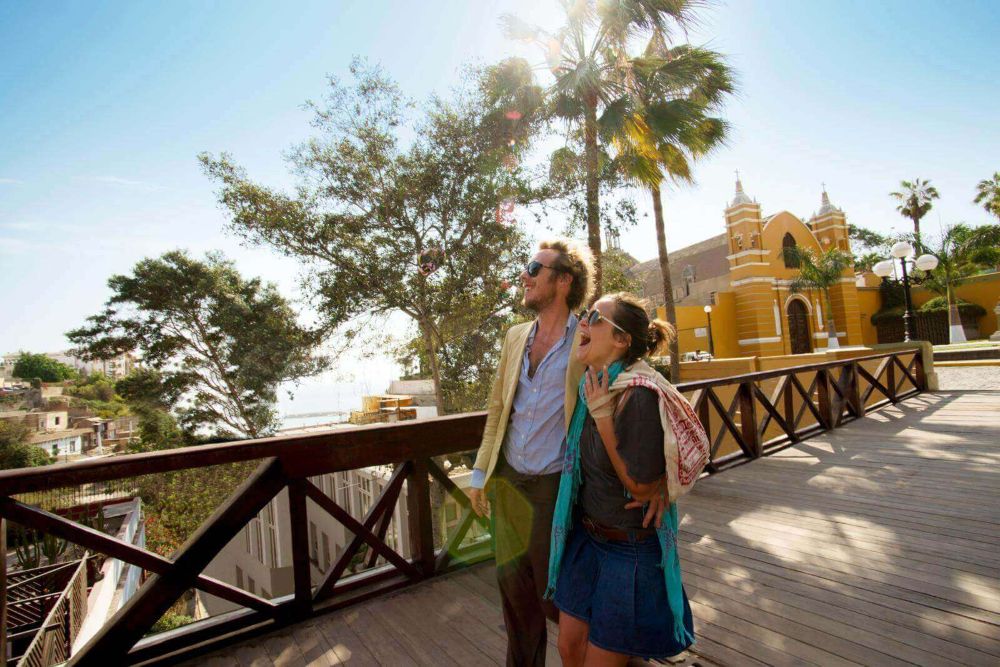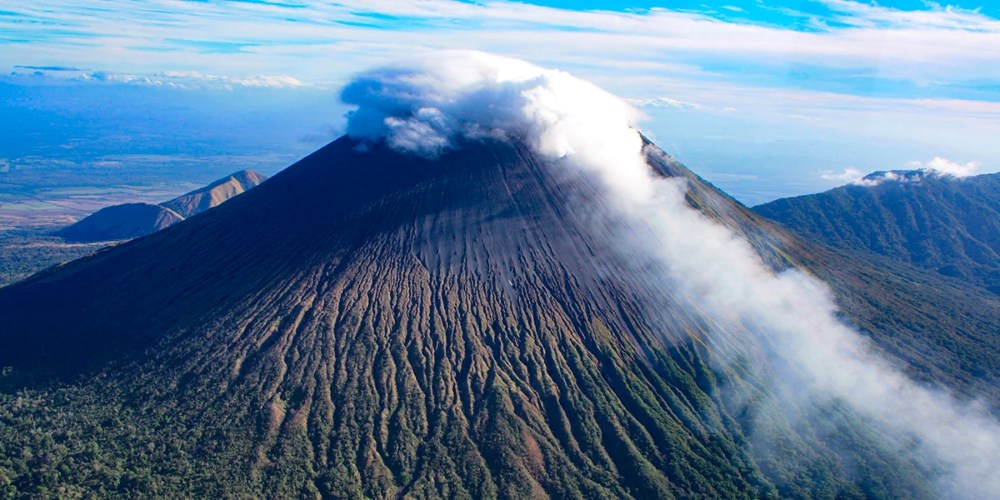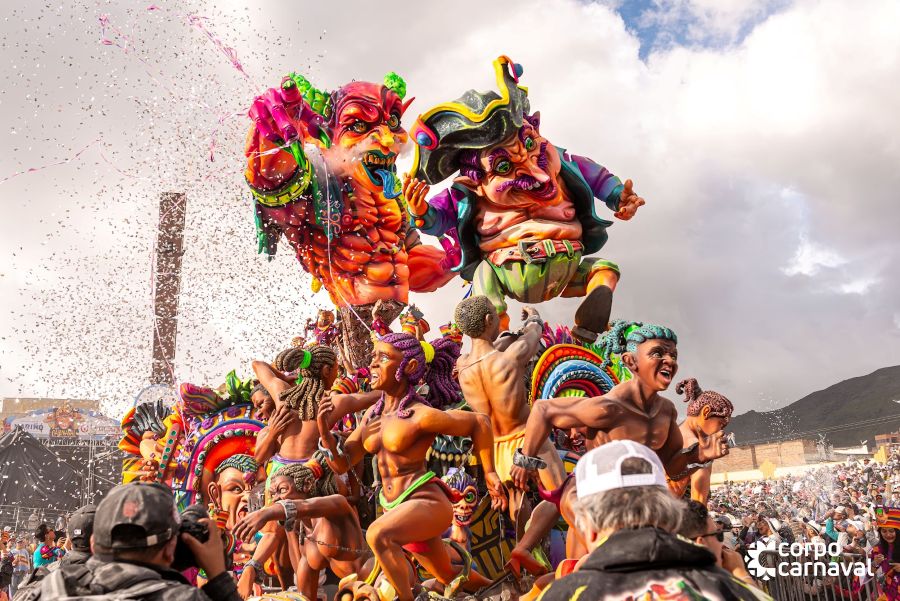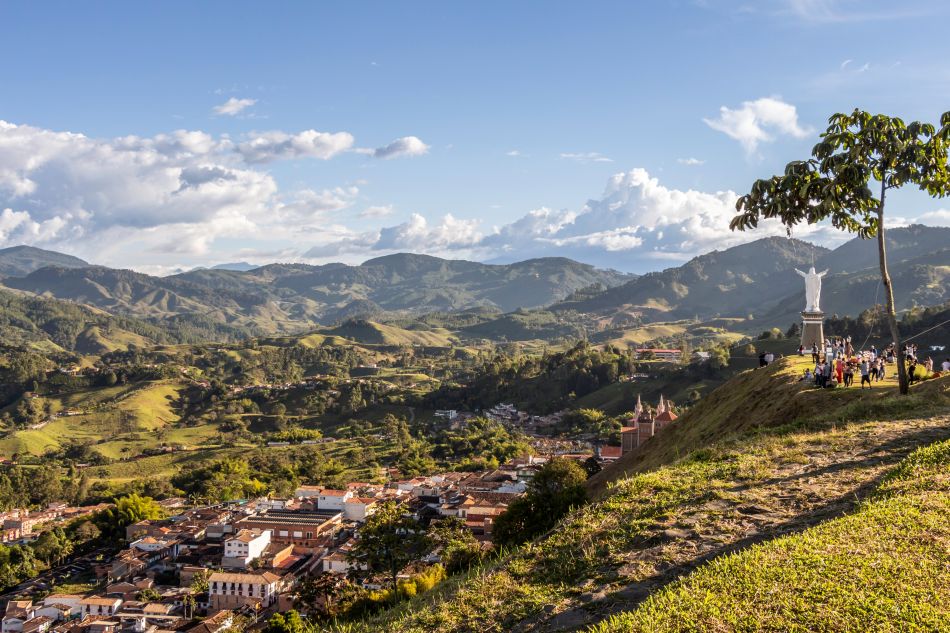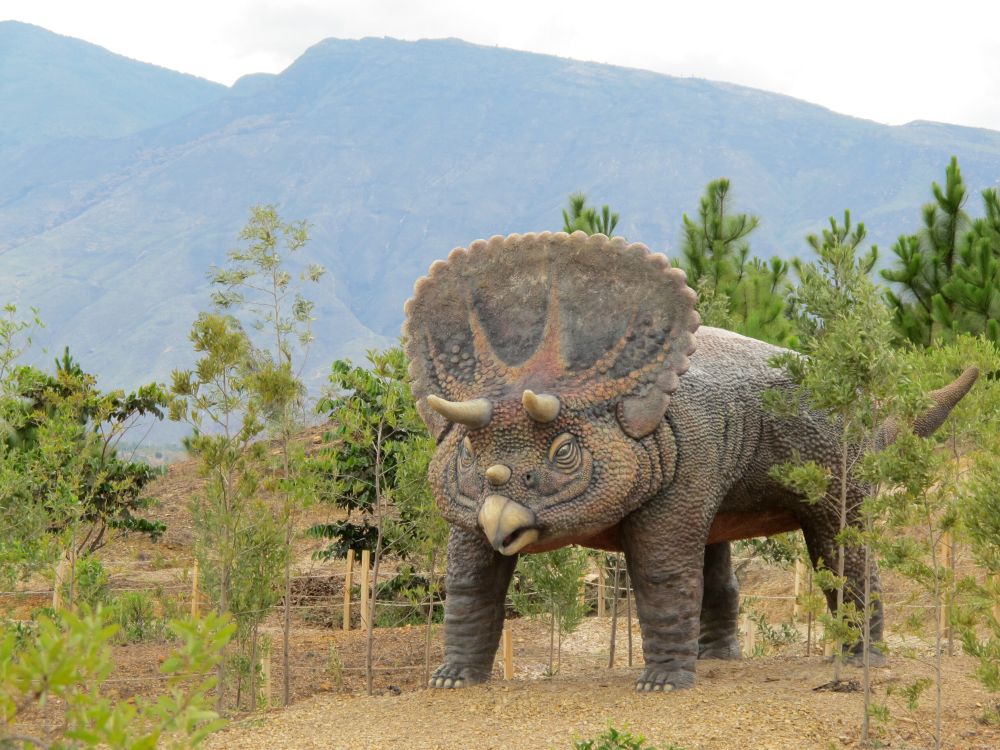Texte d’Emeline Rateau, photos de Franck Romero – Cet article a été initialement publié sur www.elcafelatino.org
« Oiga, mire, vea, véngase a Cali para que vea » proclame l’orchestre Guayacán sur un air de salsa, en invitant son audience à visiter la capitale internationale de ce genre musical. Reconnue comme patrimoine culturel de la nation colombienne en 2022, la salsa caleña est intimement rattachée à la ville de Cali, située dans l’ouest de la Colombie, dans le département de Valle del Cauca
« Il y a de la salsa partout, dans la rue, dans les transports, à la télé, aux fêtes d’anniversaire, dans les soirées » affirme Nicolás, caleño de naissance. Dans ce monde parallèle, les discothèques deviennent des salsotecas, les salles de concertdes salsodromos et, les spectacles de fin d’année des écoliers sont entièrement dédiés à la salsa. « C’est une culture unique, immanquable à Cali qui ne cesse d’exalter son patrimoine artistique et musical ». Des artistes du monde entier s’y rendent pour participer à des festivals organisés par la ville, comme la Feria de Cali, El Petronio Alvarez, ou encore El Campeonato Mundial de Salsa. Puisque, de fait, l’impact culturel de la salsa ne se limite pas à la musique, mais se mêle aussi aux pas de danse. «Cali y si quieres bailar como es».
Les épaules, les hanches, les genoux, tout le corps bouge dans la salsa. Sans surprise, tous les caleños savent danser. Ils l’apprennent en famille, ou à l’école. Cela permet à chacun de profiter de la musique et de « sentir » son rythme. Pour les experts, la vitesse des mouvements est ce qui est le plus valorisé, ainsi que la technique. Lors des championnats, ils enchaînent des figures acrobatiques en même temps qu’un enchaînement rapide de pas de danse complexes.
Cette codification croissante du genre musical a donné lieu à des revendications, de la part des plus jeunes générations qui souhaitaient danser la salsa librement sans obéir à des règles précises. C’est de là qu’est né un nouveau courant, appelé salsa choke, intégrant des pas de danse plus simples, tout en autorisant un métissage avec d’autres genres musicaux régionaux, comme le reggaeton et sa batterie répétitive. Dans une ville en contact permanent avec son patrimoine musical, les mélanges ne cessent de survenir et permettent ainsi une évolution constante du genre musical. Par ailleurs, la salsa provient elle-même d’un assemblage musical et de culture.
Notre article : Cali, Une Danse avec l’Histoire et la Culture Colombienne

La légende raconte qu’un groupe de musiciens cubains et colombiens se seraient retrouvés à New York dans les années soixante pour jouer dans un même orchestre. Ce mélange de trompettes et de piano importés de Cuba avec la batterie afro-colombienne aurait produit un son inédit : la salsa. Intrigués par cette nouvelle découverte et une fois rentrés chez eux, les artistes auraient continué à explorer ce nouveau genre musical, avant de se retrouver à plusieurs reprises pour jouer ensemble. Cette histoire explique les différences musicales entre la salsa cubana et la salsa caleña. En Colombie, le rythme de la musique peut varier tout au long de la même composition musicale tandis que la salsa cubana préfère s’accorder sur un rythme qui reste le même tout au long de la chanson.
De plus, Cali étant la deuxième plus grande ville noire de Colombie, l’influence africaine y est particulièrement présente. En 1988, Joe Arroyo chantait « Africanos, en cadenas besaban mi tierra » dans Rebelión, avant d’ajouter sur un rythme entraînant « No le pegue a la negra ». Hymne de la salsa et de la culture afrocolombienne, cette musique parle d’esclavage et de maltraitance négrière, et critique l’oppression héritée de la colonisation. Ces paroles très tragiques accompagnées d’un air dansant démontrent que la salsa se caractérise aussi en tant que moyen de communication unique propre aux sociétés dans lesquelles elle est composée. Ainsi, ses auditeurs vont jusqu’à l’associer à leur identité. C’est ce que Nicolás déclare : « la salsa représente pour moi une connexion unique avec ma ville de naissance ».

